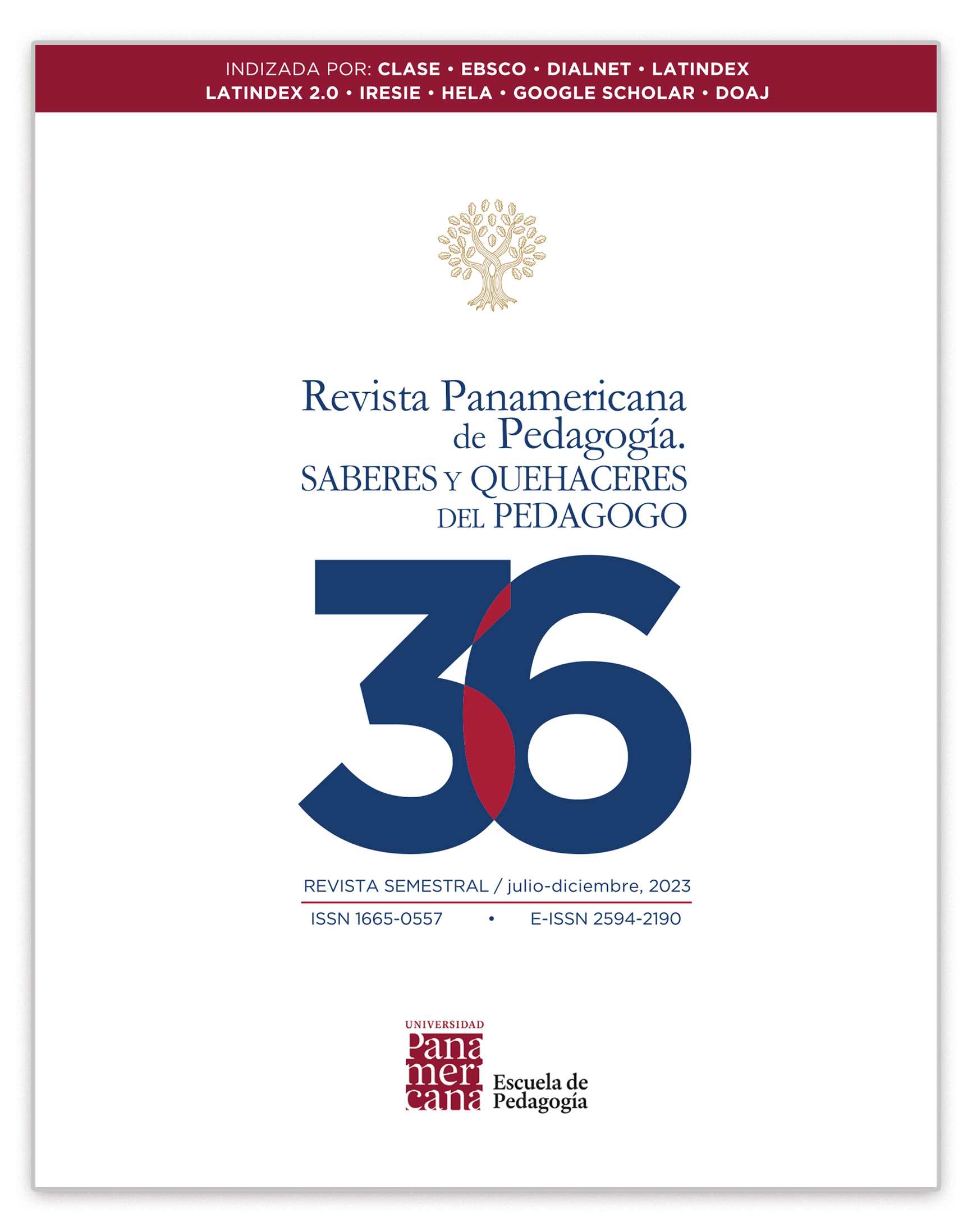TECHNOLOGICAL TOOLS: A WAY FOR INCLUSION AND LEARNING OF MATHEMATICS IN STUDENTS WITH HEARING DISABILITIES
Published 2023-06-23
How to Cite

This work is licensed under a Creative Commons Attribution-NonCommercial-ShareAlike 4.0 International License.
Downloads
Altmetrics
Abstract
In the present study, we worked with 49 students (26 women and 23 men) of which two present hearing impairment (1 woman and 1 man) from the Thomas Alva Edison Elementary School in the City of Morelia, Michoacán. The research was qualitative with the objective of applying technological tools for learning mathematics with the participating population. Two digital applications were implemented: Monster Numbers and The King of Mathematics that are oriented to the resolution of basic arithmetic operations (addition, subtraction, multiplication, and division). The results indicate that all the participating students had a fruitful learning in mathematical achievement with the use of technological tools because they were able to solve problems, reason, improve their memory and perform mental calculations in a dynamic, interactive and attractive way for obtaining prizes for the passage of levels in the technological game; achieving in this way the execution of a diversified strategy for the intervention with the population that presents the condition of hearing disability.
References
- Alzina de Aguilar, V., Doménech Martínez, E., y Álvarez Zallo, N. (2011). Prevención de la hipoacusia. Factores de riesgo. En G. Trinidad, y C. Jáudenas (Eds.). Sordera Infantil. Del diagnóstico precoz a la inclusión educativa. Madrid: Confederación Española de Familias de Personas Sordas-FIAPAS.
- Barham, J., & Bishop, A. (1991). Mathematics and the deaf child. In K. Durkin y B. Shire. Language in mathematical education. Research and practice. Philadelphia: Open University Press.
- Bishop, Alan (1999). Enculturación Matemática: La educación matemática desde una perspectiva cultural. Barcelona: Ediciones Paidós.
- Bull, R., Marschark, M., Nordmann, E., Sapere, P., & Skene, W.A. (2018). The approximate number system and domain-general abilities as predictors of math ability in children with normal hearing and hearing loss. British Journal of Developmental Psychology, 36, 236-254.
- Carasa, N. (2018). La inclusión, la integración escolar, y la cuestión de las diferencias. Internacional de la educación. Disponible en: https://www.ei-ie.org/es/item/22247:la- inclusion-la-integracion-escolar-y-la-cuestion-de-las-diferencias-pr-nestor-carasaa
- Cobos, M., Ladera, V., Perea, M., y García, R. (2016). Percepción táctil, visual y auditiva en niños víctimas de maltrato intrafamiliar. Revista de Ciencias Sociales y Humanas Universitas, 5, 169-190. doi: http://dx.doi.org/10.17163/uni.n25.2016.05
- DIARIO OFICIAL DE LA FEDERACIÓN (2011). Ley General para la inclusión de las personas con discapacidad. Disponible en https://www.sep.gob.mx/work/models/sep1/Resource/558c2c24-0b12-4676-ad90-8ab78086b184/ley_general_inclusion_personas_discapacidad.pdf
- INEGI. La discapacidad en México, datos al 2014. Versión 2017. Disponible en: https://www.inegi.org.mx/contenidos/productos/prod_serv/contenidos/espanol/bvinegi/productos/nueva_estruc/702825094409.pdf
- Grabauskienė, V., & Zabulionytė, A. (2018). The employment of verbal and visual information for 3rd grade deaf students in arithmetic story problem solving. Pedagogika Open Access, 129(1), 171-186.
- Guilombo, D., y Hernández, L. (2011, junio 26-30). La relevancia del lenguaje en el desarrollo de nociones matemáticas en la educación de los niños Sordos. [Proyecto de investigación.]. XIII CIAEM-IACME, Recife, Brasil. https://xiii.ciaemredumate.org/index.php/xiii_ciaem/xiii_ciaem/paper/viewFile/2289/957
- Henao, O., Ramírez, D., y Medina (2001) Potenciando la capacidad lectora de los sordos con el apoyo de nuevas tecnologías. Medellín. Facultad de Eeducación, Universidad de Antioquia.
- Martins, A., y Buzzi, R. (2018). Tecnología en educación superior: estrategias pedagógicas sucedidas para estudiantes sordos. Revista Intersaberes, 13(28), 139-153.
- Monteiro, E., Lobo, M., Vilela, A., Dos Reis, F., Costa, E., & Santos, K. (2018). Plano b–video aulas e o uso das TDIC’S na inclusão de alunos surdos no ensino da geometria descritiva. Ciet: EnPED.
- Murillo Hernández, W. (2008). La Investigación aplicada. Obtenido en https://www.coursehero.com/file/p682cc9/Para-Murillo-2008-la-investigaci%C3%B3naplicada-recibe-el-nombre-de-investigaci%C3%B3n//
- Naranjo, C. (2011). Una aproximación sociocultural hacia una educación. Matemáticas para sordos. Revista Sigma, 3(11), 27-42.
- Paludo, C., y Loose, C. (2017). Estrategias Tecnológicas de Interacción y Mediación para la enseñanza de la Geometría Espacial: Un Estudio de Caso con Alumnos Sordos, 23(1), 11.
- Rincón, J., y Suarez, R. (2014). Diseño y aplicación multimedia en ciencias naturales, para el aprendizaje de niños y niñas sordos. Revista de la Asociación Colombiana de Ciencias Biológicas, 1(26), 35-44.
- Ruiz, N. (2015). El niño sordo en el aula ordinaria. Revista Internacional de Apoyo a la Inclusión, Logopedia, Sociedad y Multiculturalidad, 8, 19-32.
- Serrano Pau, C., y Silvestre, N. (1995). Proceso de resolución de problemas aritméticos en el alumnado sordo: aspectos diferenciales respecto al oyente. Tesis Doctoral, Universidad Autónoma de Barcelona, Barcelona.
- Smartick (2023). Prueba online de matemáticas para niños de 4 a 14 años. Disponible en: https://mx.smartickmethod.com/?f=11
- UNESCO (2019). Informe mundial sobre educación. Disponible en http://www.unesco.org/new/es/culture
- Vygotsky, L. S. (1993). Pensamiento y lenguaje. Madrid: Aprendizaje Visor. Vygotsky, L.S. (1978). Mind in society. Cambridge, MA: Harvard University Press.


